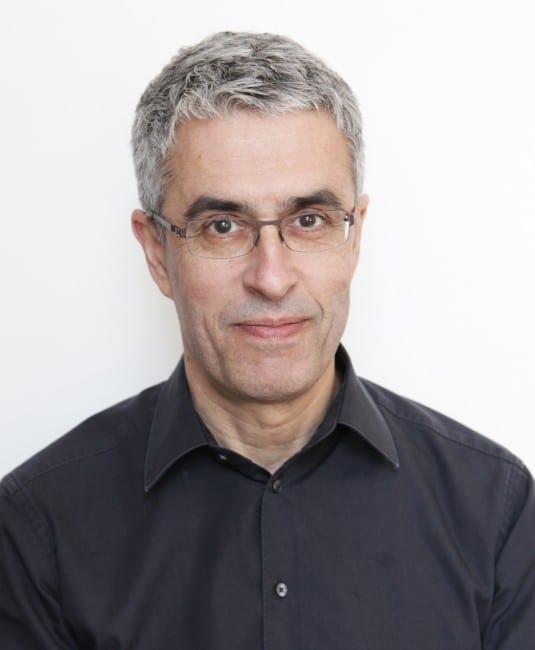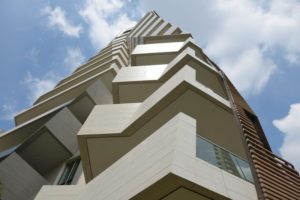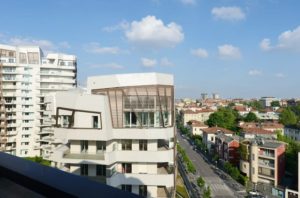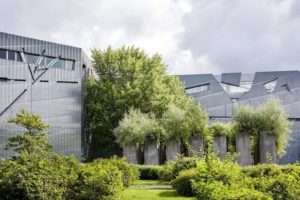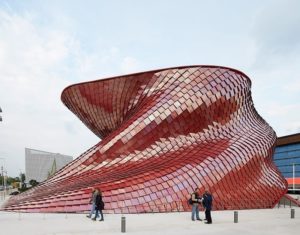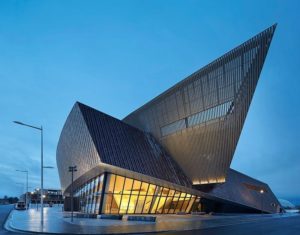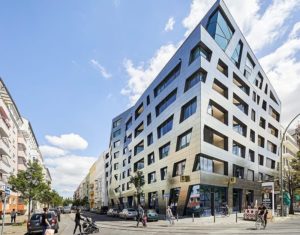Interviews


The Future is now | by Barbara Musso
The New York-based Studio Libeskind deals with the design and implementation of a diversified range of urban, cultural and commercial projects all over the world.
The studio is well-known for their emotional approach to design: the Jewish Museum in Berlin, the Masterplan of Ground Zero in New York, the Military History Museum in Dresden only to mention a few.
Stefan Blach, Principal of the studio for nearly two decades, shares his vision on Architecture and Design.
Translating an idea, or a sketch or a dream into reality is at the heart of your work. Where do you find inspiration for your projects and what is your personal approach to design?
I find inspiration in the place, first of all – place meaning the physical site but also its context, the city or landscape where it is situated, its history. No less I find it in the people who are involved, the clients, stakeholders, the local communities.
Architecture is an applied and public art: the designer has to respond to a brief but he/she has a social responsibility towards the communities that are impacted by his/her vision. What’s your perspective on this?
I could not agree more. Architecture and particularly public buildings very much form people’s daily experience, affect their wellbeing and their perspective of the world. So, it is the people, the public at large you ultimately build for and not only the people of today but the people of many years to come, future generations.
- CityLife Residences, Milan (Photo: Michele Nastasi)
- CityLife Residences, Milan (Photo: Michele Nastasi)
- Jewish Museum, Berlin (Photo: Hufton+Crow)
You have extensive experience working with Italian businesses and business people. What are your key takeaways so far?
We have worked extensively in Italy and still do, and so far our collaborations resulted in very successfully executed projects. We find a high sense of quality in Italy, in terms of design sensibility but also construction quality, based on a rich tradition of design and craftsmanship.
Studio Libeskind started out from a traditionally bi-dimensional material – the ceramic tile – not only giving it a three-dimensional shape but also using it on extremely fluid architectural volumes. How stimulating do you find pushing the limits of a material?
The material is never the starting point. But the choice of the material for any specific project is a critical one, which ultimately determines the character of the building. We have always been interested in using material in unexpected ways – titanium zinc at the Jewish Museum Berlin, black locust wood for the Mons Convention Center, 3d ceramic tile for the Vanke Pavillion at Expo Milan…
- Vanke Pavilion, Expo 2015 (Photo: Hufton+Crow)
- Centre de Congres, Mons – France (Photo: Hufton+Crow)
- Sapphire, Berlin (Photo: Hufton+Crow)
Fractile is a stoneware collection designed by Libeskind for Casalgrande Padana. It features a unique advanced technology to help self-cleaning and air purification: what is your responsibility as an architect on environmental and more in general sustainability issues?
Buildings are the primary consumers of energy globally. This puts an enormous responsibility on architects to make the right choices in terms of building orientation, massing, envelopes, materials and heating and cooling systems. It is often challenging but it is also very interesting.
If you were not an architect today, what would you be?
At this point in life it is hard to imagine being anything else but an architect. It includes elements of so many other professions – artist, urban designer, structural engineer, construction manager, business consultant, analyst… I could imagine having taking on any of those, but then again, it is best to be an architect.
See the Studio Libeskind website.
February 2019




